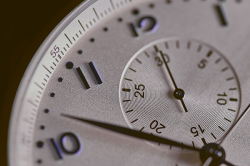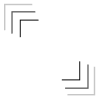Firstly, What is Website Performance and Why is it Important?
Website performance is the measurement of how your web pages load, including the speed and display. Optimising this can include a variety of different solutions, but within this blog, we'll be focusing on why image optimisation is important for improving performance.
Why is it important?
Optimising the performance of your website is important for user experience, visitor retention, and conversions among other things.
No one likes to wait several minutes for the page to load, in this fast-paced world people want things immediately - now! 
Your web pages need to be optimised to give the best performance possible to site visitors. Load fast, have quality images, and convert the users to a lead or a customer.
Your SEO ranking will also be hindered if your website pages aren't optimised, factoring in loading times once again. To rank higher on google, optimising your images should be on your priority list. If you'd like to learn more about on-page SEO, we have a blog on it!
Image Optimisation
In order for your images to be viewed by a user, they have to be downloaded and rendered by the browser. If these images are a particularly large file size, this download can take time and negatively impact a website's loading speed.
The number of images on any webpage can affect loading times, too - try not to overload your page with too many images.
How to resize images
To resize images, open your image within adobe photoshop, or the adobe express image resize tool.
When opened in photoshop, navigate to 'image', 'image size' and type in the desired dimensions. Click 'Ok', and save your image.
With adobe express, open the image, select a 'resize for:' option or type in the new dimensions, then download your image.
Best practice dimensions:
Banner images: width - 1920px, height - this can change depending on desired aesthetics, but 500-600 is generally the maximum.
In-line images: 500x500px
Icons: 150x150px maximum.
Compressing images
The image dimensions are only half the battle. Compressing your images can be the difference between a 500 KB file size, and a <50 KB file size.
To compress your images, use sites such as squoosh.app, tinyPNG.com, or if you're needing to compress images in bulk, compressjpeg.com. Simply upload your images as directed on either website and download your newly compressed images.
In conclusion, website performance is important for user experience, visitor retention and conversions. Image optimisation is a crucial aspect of website performance as large file sizes and too many images can negatively impact loading speed. Optimising your images is a great way to improve site load times, and ultimately conversions for your business.
If you need any assistance with image optimisation or have any questions about website performance, please don't hesitate to contact us. |